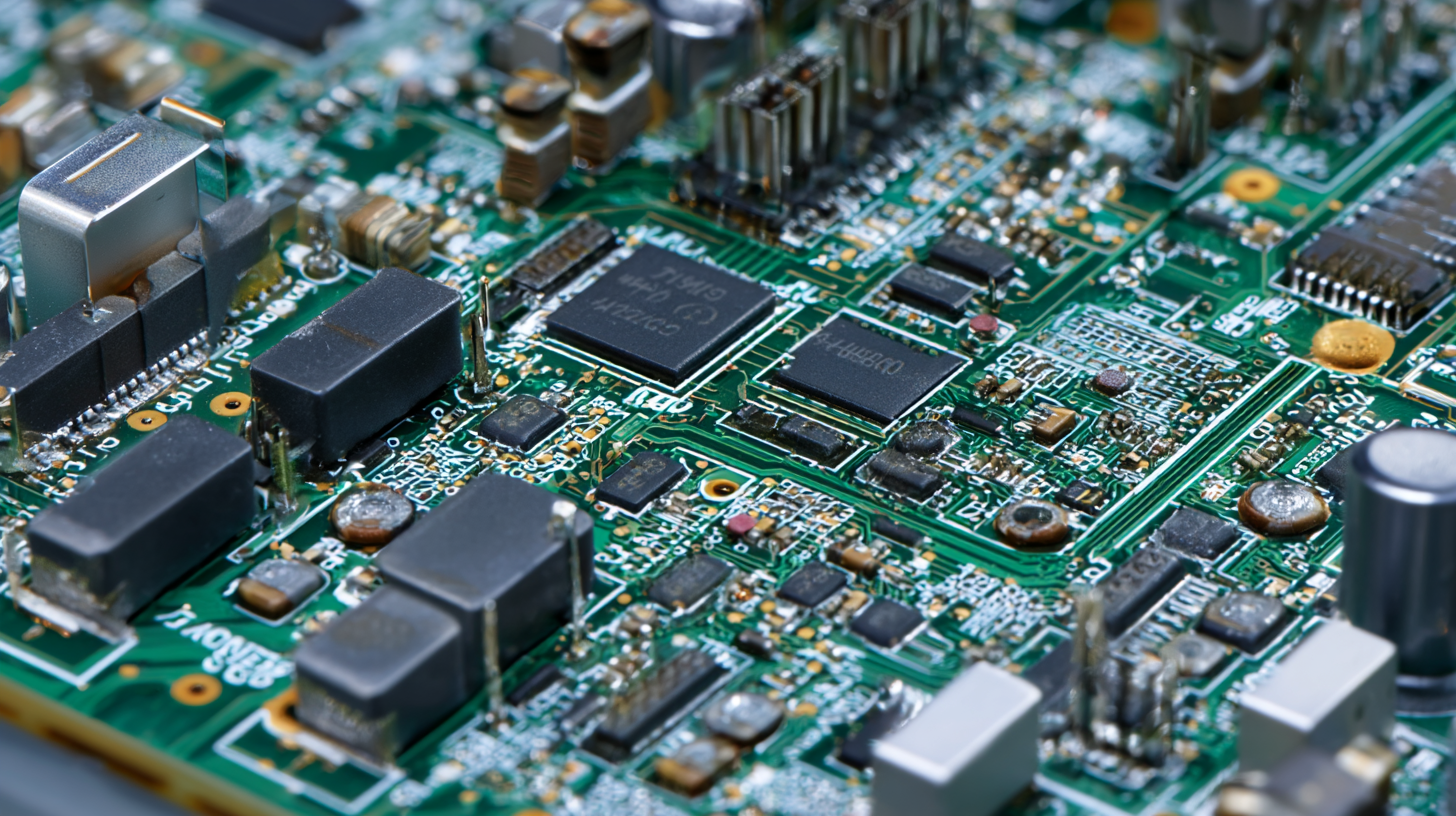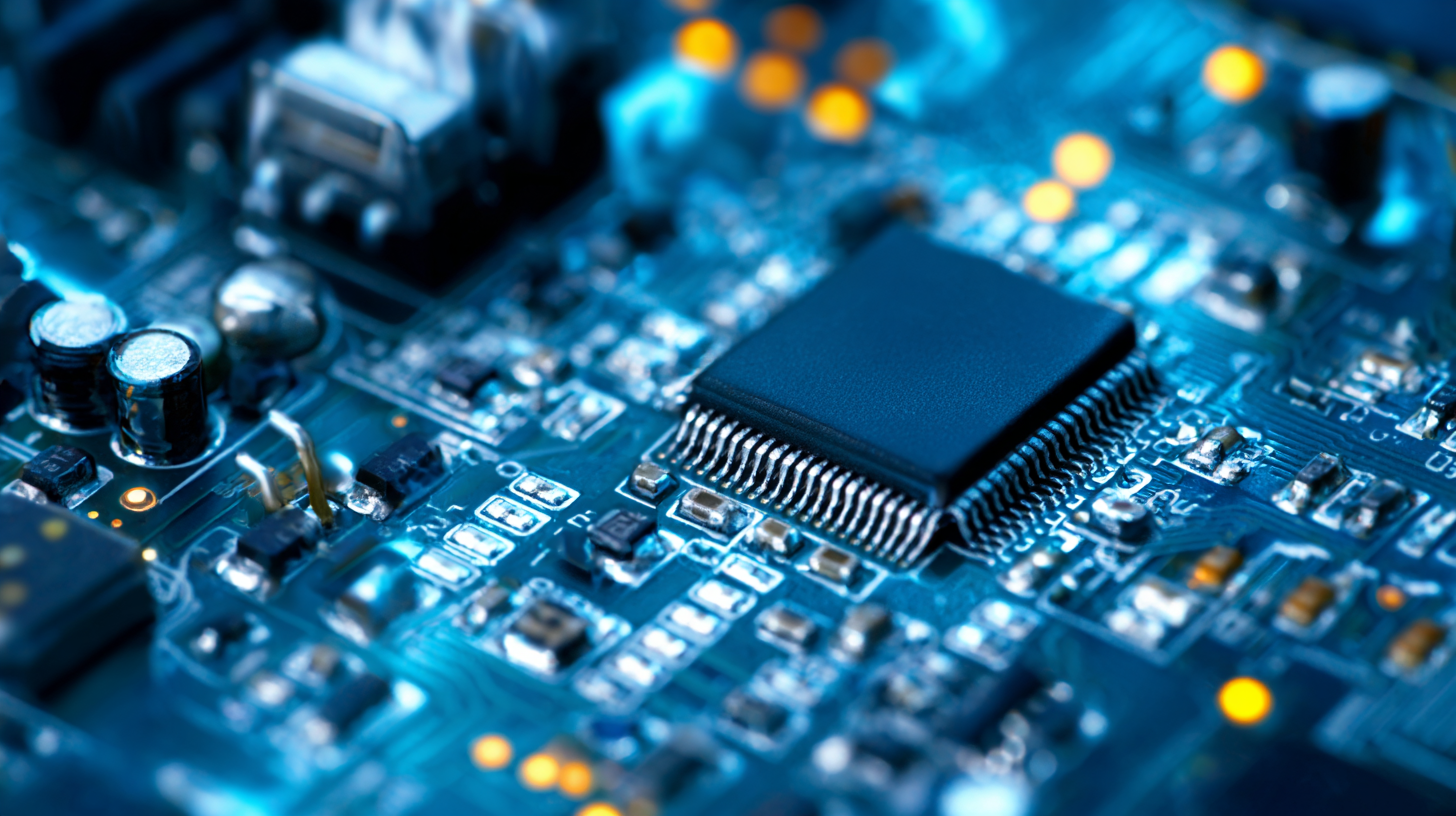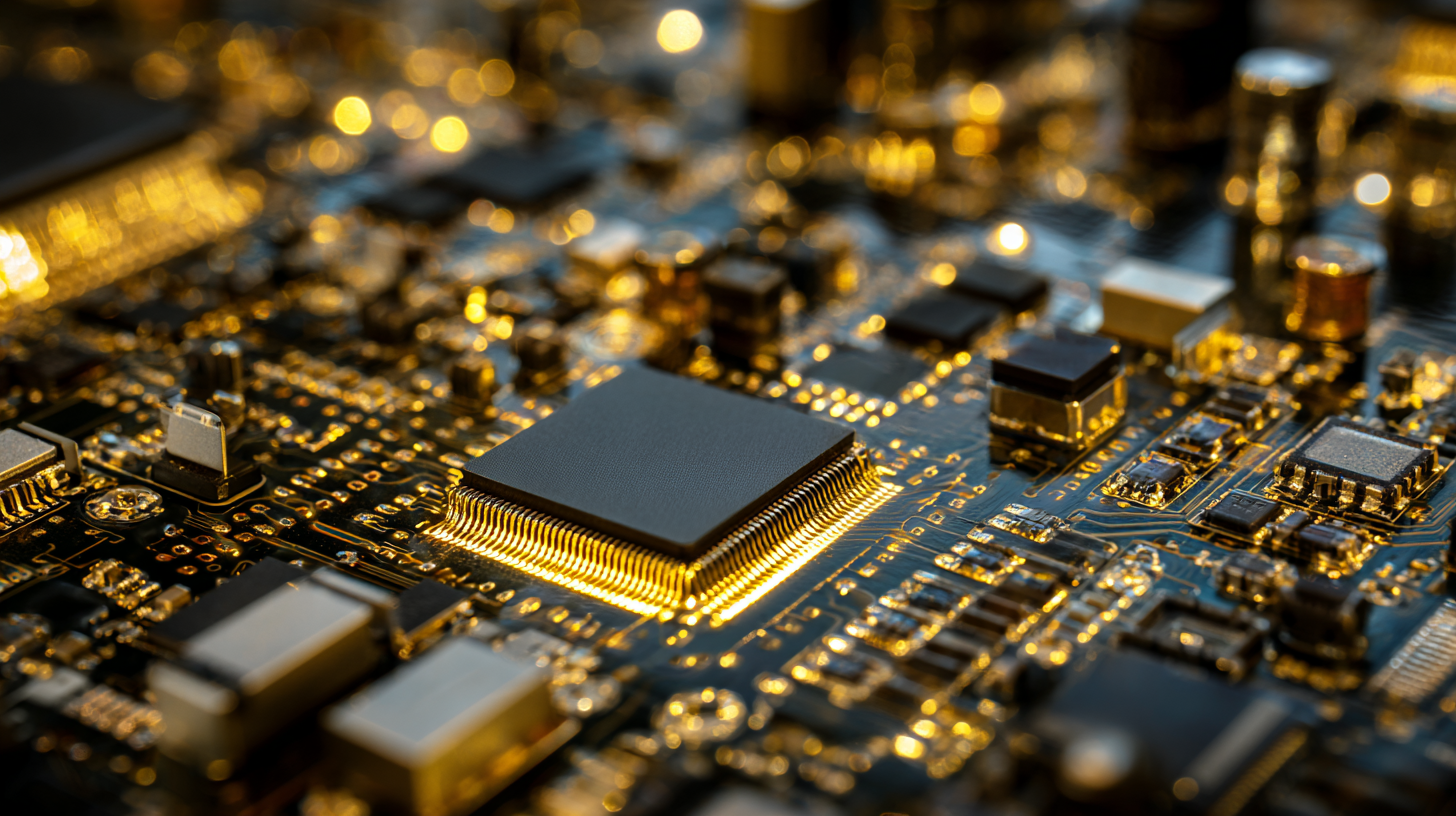JHY PCB Blog Hub
Your Source for Expert PCB Design, Manufacturing, and Assembly Insights – Stay Informed with 2025 Trends!
Commitment to Quality in Chinese Manufacturing of Superior Led Pcb Boards for Global Markets
In the rapidly evolving landscape of global electronics, the commitment to quality in Chinese manufacturing has positioned the country as a vital hub for superior LED PCB boards. As of 2023, the global LED PCB board market is projected to reach approximately $6.5 billion, with a compound annual growth rate (CAGR) of 8.4% from 2021 to 2026, according to market analysts. This surge in demand highlights the crucial role of advanced manufacturing technologies and stringent quality control practices that Chinese factories have adopted to meet international standards.

By leveraging state-of-the-art production techniques and a skilled workforce, these manufacturing powerhouses are not only enhancing their output efficiency but also ensuring the reliability and longevity of LED PCB boards. Such commitment to excellence enables them to compete effectively in the burgeoning global market, making "Made in China" synonymous with quality and innovation.
Commitment to Quality: The Backbone of Chinese LED PCB Manufacturing in Global Markets
The backbone of Chinese LED PCB manufacturing lies in a steadfast commitment to quality. In the competitive global marketplace, where precision and reliability are paramount, Chinese manufacturers have embraced stringent quality control processes. These include thorough inspections at every stage of production, the adoption of advanced technologies, and compliance with international standards. By prioritizing quality, manufacturers not only enhance the durability and performance of their products but also foster trust among international clients.
Tip: When selecting an LED PCB manufacturer, always inquire about their quality assurance protocols. A reputable company should transparently share their testing processes and certifications.
Moreover, the focus on quality extends beyond just production techniques. It is deeply ingrained in the company culture, prompting continuous improvement and innovation. Manufacturers invest in training and development programs for their workforce to ensure everyone is equipped with the latest knowledge and skills in LED PCB technologies. This holistic approach not only boosts the quality of the final product but also positions these manufacturers favorably in the global arena.
Tip: Consider establishing long-term partnerships with manufacturers that demonstrate a strong commitment to quality. This strategic move can lead to better pricing, improved product consistency, and enhanced collaboration in future projects.
Commitment to Quality: LED PCB Board Production in China
2025 Technological Trends: Key Innovations Shaping the LED PCB Market
As we approach 2025, the LED PCB market is poised for transformative changes driven by innovative technologies. One of the most significant trends is the integration of IoT capabilities into PCB designs. This advancement enables smarter lighting solutions that can be monitored and controlled remotely, revolutionizing energy efficiency and user experience. Manufacturers are also exploring the use of advanced materials that enhance thermal management, thereby increasing the lifespan and performance of LED products.

Another key innovation is the adoption of automation and AI in the manufacturing process. Automated production lines not only ensure higher precision and lower defect rates but also allow for more complex designs that were previously unattainable. Furthermore, advanced AI algorithms facilitate predictive maintenance and quality control, ensuring that products meet the highest standards of excellence. As these trends continue to evolve, they will undoubtedly shape the future of LED PCBs, positioning Chinese manufacturers at the forefront of the global market.
Market Insights: The Rapid Growth and Demand for High-Quality LED PCBs Globally
The global printed circuit board (PCB) market is experiencing significant growth, with an estimated market value of $69.69 billion in 2023. Projections indicate that this figure will rise to approximately $71.57 billion in 2024 and is expected to reach around $113.49 billion by 2032. This rapid expansion is driven by the increasing demand for high-quality LED PCBs, which are essential for various applications, including advanced consumer electronics and automotive sectors.

As industries evolve towards digitalization, the LED display market is anticipated to see a surge in demand, resulting in a year-on-year revenue increase of 129.9% by 2024. The adoption of advanced technologies, including laser direct imaging systems, is paving the way for improved manufacturing processes, ensuring superior quality in PCB production. This is critical as manufacturers aim to meet the diverse requirements of modern devices, ranging from wearable technology to flexible displays. Moreover, the market for ultraviolet curing machines is projected to grow from $4.543 billion in 2025 to $8.243 billion by 2033, indicating a broader industry trend toward high-performance components that enhance efficiency and reliability.
Sustainability in Production: Eco-Friendly Practices in Chinese LED PCB Manufacturing
Sustainability has become a critical focus in the manufacturing sector, especially in Chinese LED PCB production, which is poised to meet both global market demands and environmental challenges. A recent market analysis by Mordor Intelligence indicates that the global LED market is projected to reach USD 100 billion by 2025, with China holding a significant share due to its efficient manufacturing processes. This growth is coupled with an increasing commitment to eco-friendly practices, including waste reduction and energy-efficient production technologies.
One exemplary practice is the incorporation of lead-free solder materials, which not only comply with international standards but also significantly reduce toxic waste. According to a study by Research and Markets, the adoption of sustainable manufacturing practices could reduce energy consumption by up to 30%. Companies that prioritize these eco-friendly innovations not only enhance their reputation but also align with the sustainability goals of consumers and businesses worldwide.
Tips for Manufacturers:
- Invest in renewable energy sources, such as solar or wind, to power production facilities.
- Implement a circular economy model by recycling materials used in PCB production, minimizing waste and conserving resources.
- Educate employees on eco-friendly practices to foster a company culture focused on sustainability. Adopting these measures can lead to lower operational costs and a more resilient supply chain.
Future-Proofing Strategies: Enhancing Quality and Efficiency in LED PCB Development
In the rapidly evolving landscape of LED PCB manufacturing, future-proofing strategies are essential for maintaining competitiveness in global markets. According to a report by Research and Markets, the LED PCB market is projected to grow at a CAGR of 7.8% from 2022 to 2030. This growth underscores the need for manufacturers to adopt advanced technologies and quality management practices to enhance production efficiency and product reliability. Implementing automated processes, such as AI-driven quality control systems, can significantly reduce error rates and production time, enabling companies to meet the increasing demand for high-quality LED components.
Additionally, integrating sustainable practices into the manufacturing process is becoming crucial. A 2021 study by the Global Manufacturing Research Institute highlighted that 68% of consumers prefer products from companies that demonstrate a commitment to sustainability. By utilizing eco-friendly materials and minimizing waste, manufacturers not only improve their market appeal but also enhance their operational efficiency. These strategies not only align with consumer expectations but also future-proof the manufacturing process, ensuring that businesses remain resilient in the face of industry challenges.










